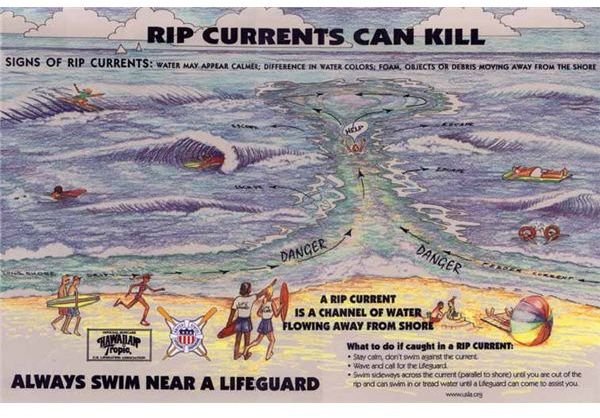

There are over 30,000 rescues per year in the United States from rip currrents. Swashes generated by plunging breakers of large swell. (MORE: You Probably Won't Guess Which Kind of Weather Is the Deadliest )įrom 1999-2013, the state with the highest number of fatalities from rip currents was Florida with 297, far ahead of California and North Carolina with 63 and 62 fatalities, respectively, during that same period. Rip currents are caused by water being pushed up the beach above mean sea level by large breaking waves. Because a sand bar runs the length of Ocean City, water that has come over the sand bar needs to make its way back out. Rip currents are usually long (100 m), narrow (10 m) and intense jet flows (reaching 1-2 m/s). Rip currents occur when water that comes into the beach by wave action and wind needs to make it’s way back out. The speed of a rip current can exceed 6 miles per hour - faster than an Olympic swimmer - and can extend the length of a football field off the coast.Īccording to the National Oceanic and Atmospheric Administration (NOAA), about 100 fatalities a year across the nation are blamed on rip currents. Introduction Rip currents are narrow, seaward currents that extend from the inner surf zone out through the line of breaking waves. Rip currents can form at any beach with breaking waves, including the Great Lakes. Such currents are probably the cause of most ocean bathing accidents blamed on undertow. Rip currents are dangerous for even the strongest swimmers because they are quick and powerful.

Rip currents are a danger many of us may not think about while on vacation, but is a deadly phenomenon every year on America's beaches.Ī rip current is a strong but narrow current that flows away from the beach. rip current, also called riptide, narrow jetlike stream of water that flows sporadically seaward for several minutes, in a direction normal or nearly normal to a beach. The term rip current refers to a narrow channel of water (rarely over 30.5 m wide) that flows away from the beach, perpendicular to the shore.


 0 kommentar(er)
0 kommentar(er)
